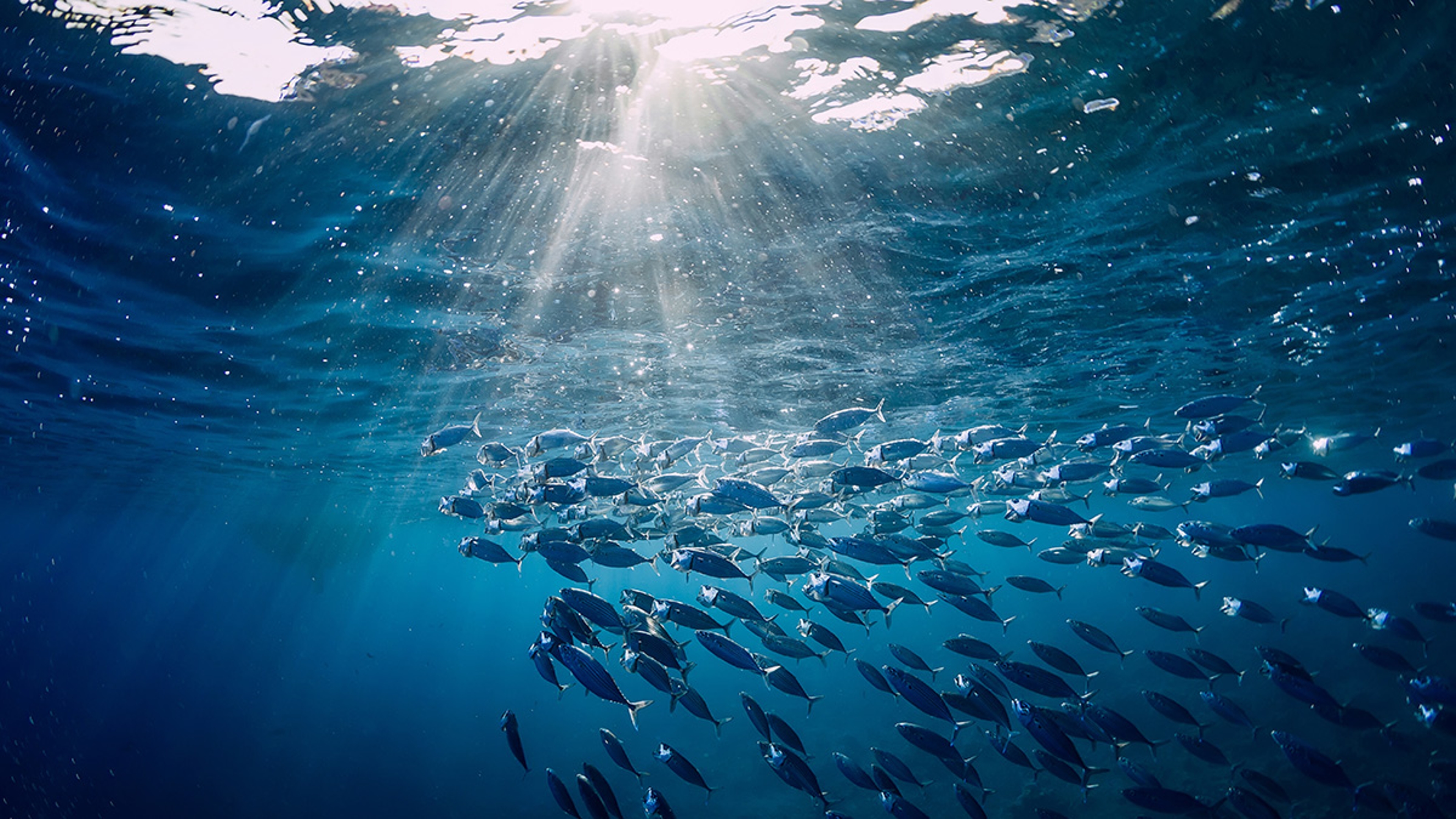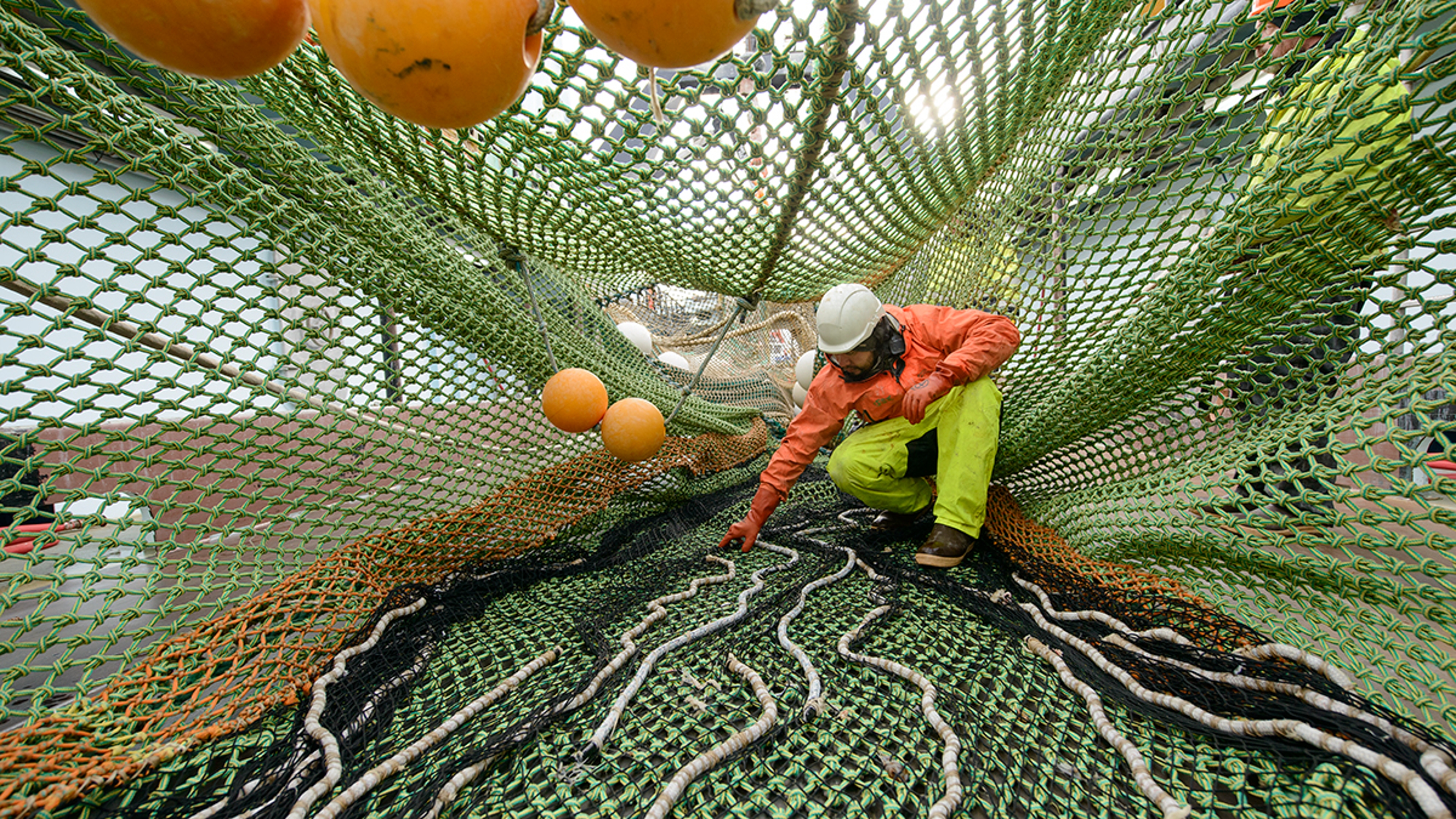Celebrate Sustainable Fishing on World Oceans Day
Oceans are life. World Oceans Day reminds us of the fundamental fact. How can we protect them?
Jun 02, 2025
Oceans cover most of our planet. From the poles to the tropics, over one million animal species — and perhaps a billion different kinds of microbes — occupy a vast variety of habitats, from coastal kelp forests to volcanic vents.
The oceans' impact extends to life on land, too. Oceans regulate climate, supply 50% of the planet's oxygen, and offer land dwellers an abundance of necessary nutrients. In fact, seafood supplies nearly one-fifth of all animal proteins eaten by humans.
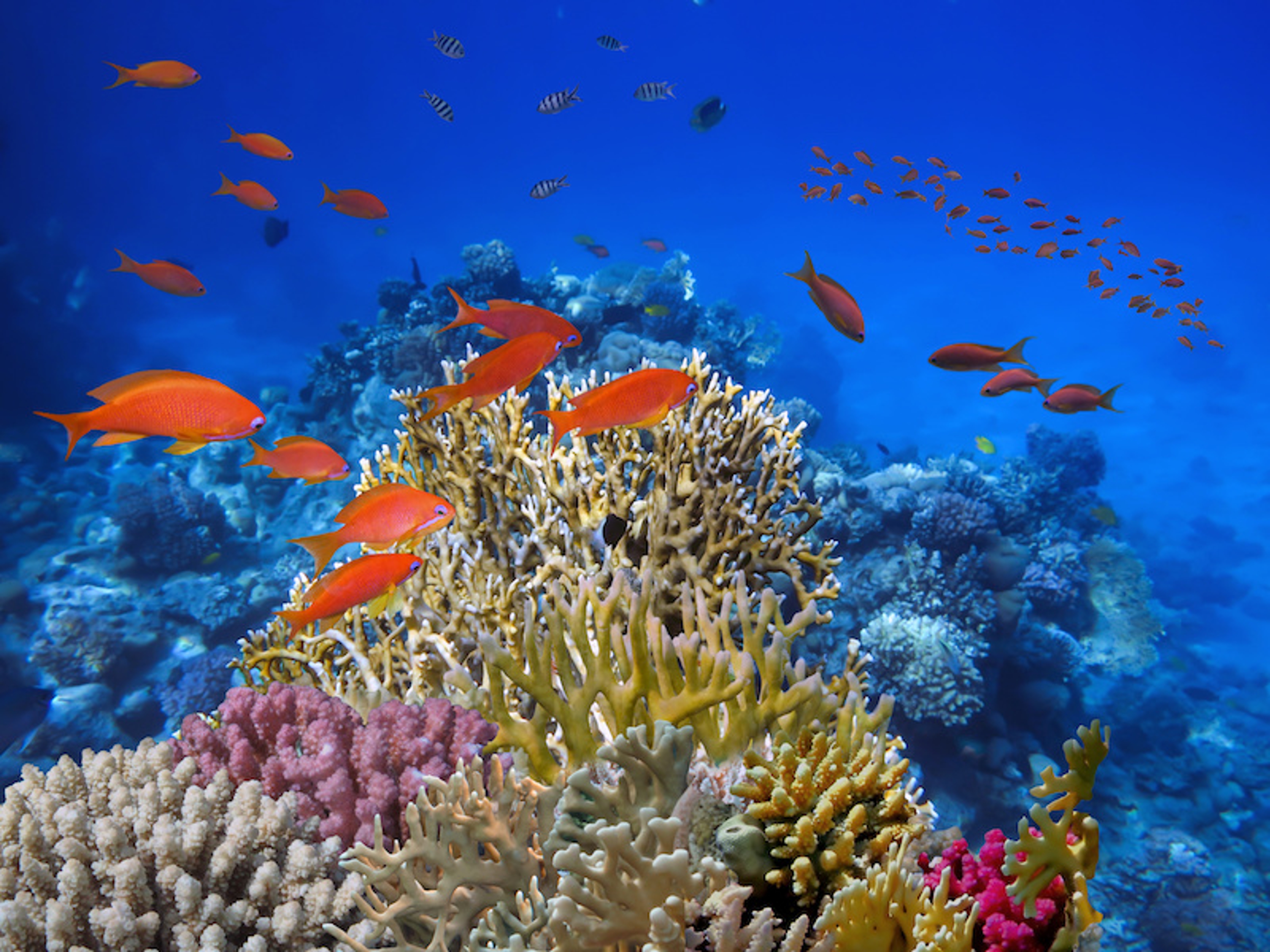
Those often-overlooked facts are part of the reason for this weeks international celebrations for World Oceans Day, which happens on June 8. The annual event celebrates marine life and raises awareness about the threats our oceans face.In 1992, Canada proposed World Oceans Day during the Earth Summit in Brazil, a major United Nations conference that also ultimately helped spawn the Kyoto Protocol and Paris Agreement combating greenhouse gasses.
The annual celebration didn't actually start until 2002, and the United Nations didn't formally recognize it until 2008.
Today, thousands of events during World Oceans Day attract participation from organizations ranging from schools and zoos to government groups, sailors and more. Their goal? Convince world leaders to increase ocean protections.
The state of world oceans
Sustainable fishing is imperative to lasting ocean health, but it's also just one part of the equation. Right now, Earth's oceans are at a tipping point. Even as we take strides to protect and preserve marine life, threats mount from issues like invasive species, pollution (including noise pollution) and industrial overfishing. And those threats are unlikely to abate.
So far, just 7% of the ocean is protected. But by setting aside more marine areas, researchers say humanity could actually preserve biodiversity and increase the amount of seafood available for humans.
It sounds contradictory, but a major study released in the journal Nature in 2021 suggested that we should actually protect more of the ocean in order to increase our seafood harvest. By protecting large chunks of ocean from industrial overfishing, marine life can reproduce without interruptions from large-scale commercial operations.
Once grown, those juvenile species ultimately leave their protected homes and set out for waters where humans are allowed to fish. So, the net effect of ocean protections can be more seafood — not less.
More protection, more fish
Something similar happened in Baja California in the 1990s after overfishing in an area called Cabo Pulmo created an underwater desert. Overfishing had depleted fish stocks and pollution had destroyed the coral reefs. Out of desperation, locals stopped fishing and called for the creation of a large national park. The new park had strong regulations and a clear management plan. As a result, local biodiversity has exploded in just a few decades. Instead of commercial fishing, the community now relies on a robust tourism industry. And fishermen can once again draw from healthy fish populations in the surrounding areas.
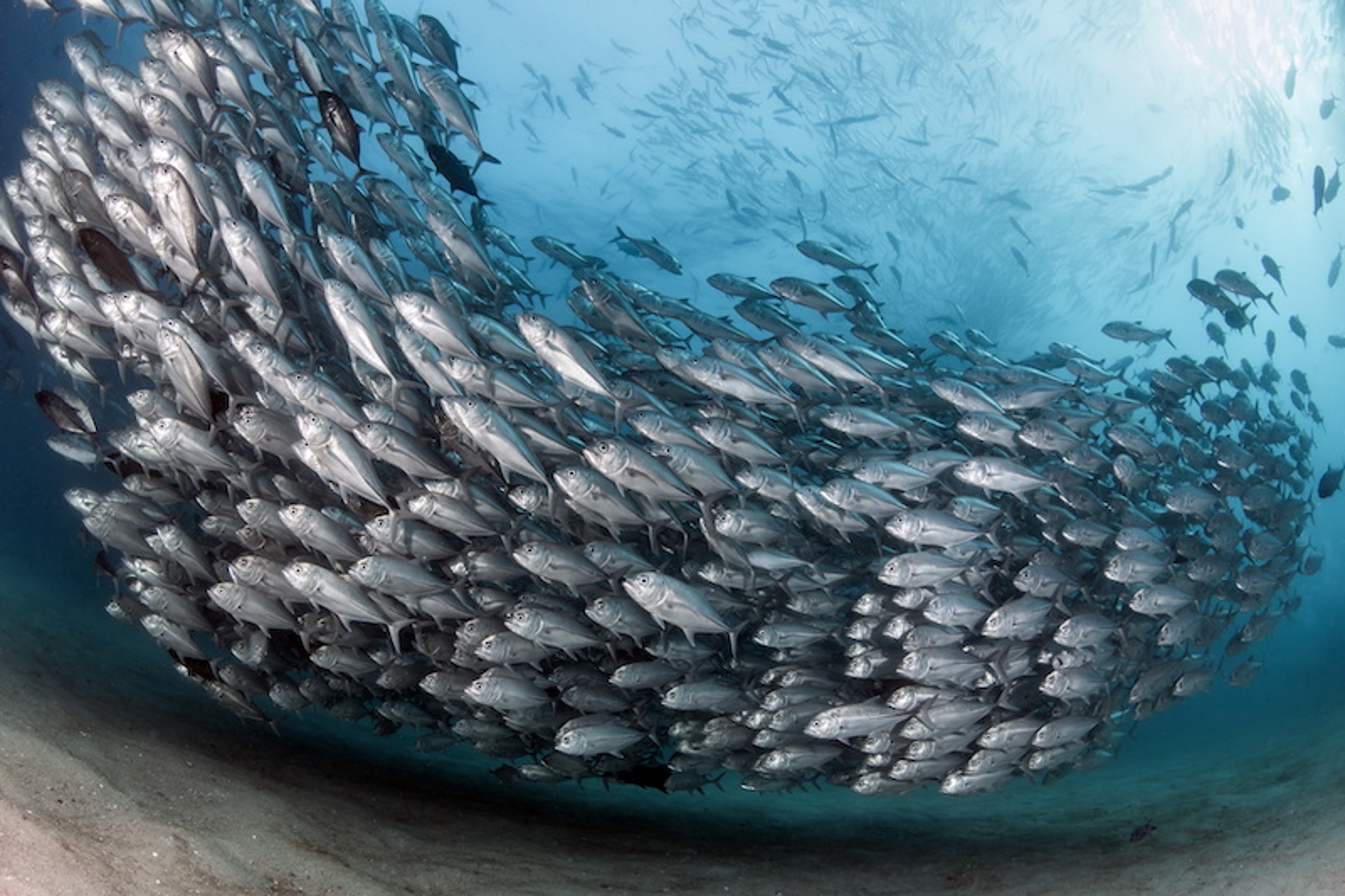
Cabo Pulmo shows that marine protected areas aren't only a kind of watery national park. They're a scientifically valid path forward for the fishing industry.
Unfortunately, this trend also works the other way around. Activities far from healthy fish populations can still inflict environmental harm. The plastics and pollution we release into the ocean can have an impact even in marine protected areas. And just as animals living in ocean preserves eventually leave their bounds, farmed fish often escape the confines of their pens and spread disease to wild populations.
A study in the journal Science Advances showed that farmed Atlantic salmon often carry an illness called Piscine orthoreovirus-1. And when those farmed salmon escape, they're infecting wild Pacific chinook salmon and killing them.
A future for the sea
At Vital Choice, we've supported sustainable, wild-caught fish and strong ocean protections since our founding (for details, see Our Story). And that's why much of our seafood is caught in Alaska, home to some of the best-regulated fisheries on the planet.
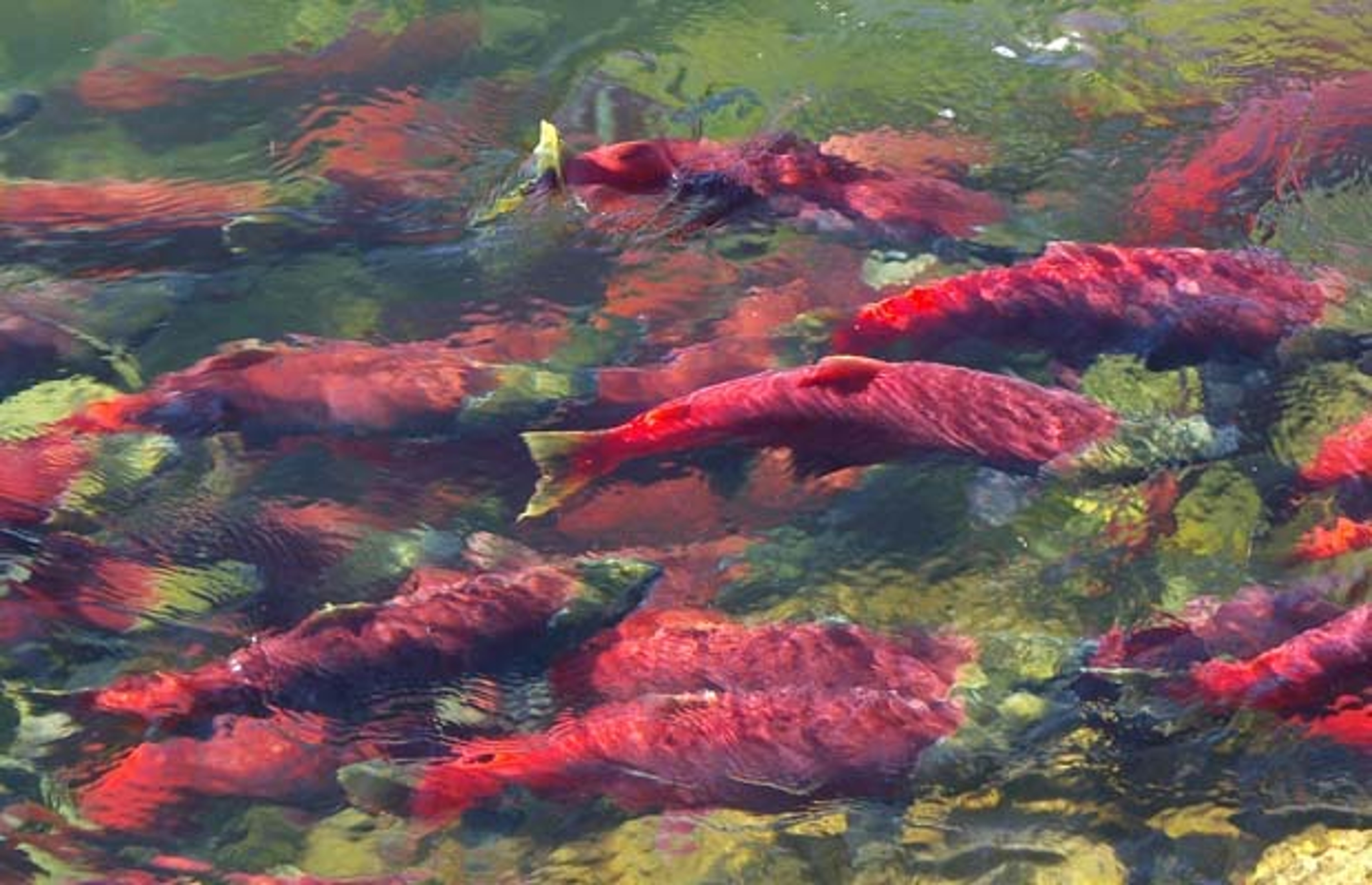
After nearing the point of collapse from overfishing, Alaskan salmon fisheries have recovered. Today, fisheries managers have learned to protect healthy populations for the future while harvesting hundreds of millions of pounds of high-quality, wild-caught salmon. Both research and environmental groups, as well as governmental bodies, list many of Alaska's fish among the most sustainable on Earth. The state is providing an important test case for the viability of sustainable fishing, both economically and environmentally.
Around the world, many fisheries are starting to see similar signs of recovery after decades of overfishing by industrial-scale commercial operations. Yet many more still need help.
One positive trend in the United States has been a number of projects making progress restoring salmon in streams and rivers along the West Coast. By giving the fish safe harbor to spawn, stakeholders hope to increase populations at sea while also returning a lost way of life for many communities.
All of this action is a sign that things may finally be moving in the right direction. So this World Oceans Day, let's be thankful for how far we've come in just a few short decades, while remaining vigilant about the things we can all do to help.
As consumers, we carry the power to help force change. Every time we choose to eat sustainable, wild-caught fish, we're supporting our oceans and rewarding the fishermen committed to doing things the right way. And by taking part in events like World Oceans Day, we show world leaders that we support protecting our marine environments. To find out more, visit WorldOceanDay.org.



